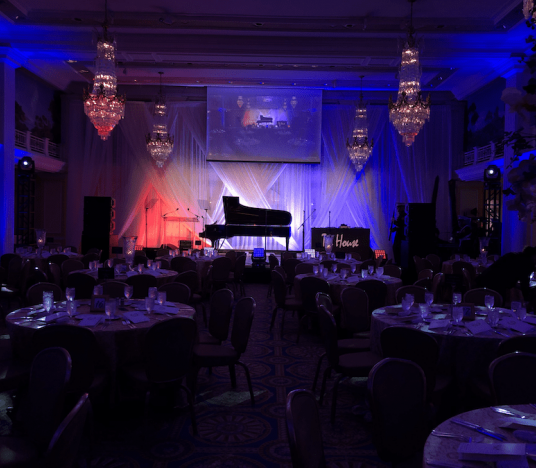If you have experience in planning events, you already know there are a wealth of things to consider. In fact, there are many things that people simply do not realize when it comes to the in-depth details of event organization. One aspect that is often overlooked is lighting. However, planning a major event involves a number of considerations related to lighting. Let’s take a look at an overview of event lighting practices and things to consider.
Lighting Techniques
When planning an event, there are countless options when it comes to lighting techniques. Typically, lighting falls into one of two major categories: functional or decorative lighting. Functional lighting deals with aspects that are aimed at conducting the events while decorative lighting is used to enhance the atmosphere.
Within these two categories, there are countless options for different types of lights. In fact, we would need a lot more time to cover all of them in detail. So we’ve provided an overview of some of the types of lighting to consider for your next event.



Important Lighting Considerations
If you have experience in planning events, you already know there are a wealth of things to consider. In fact, there are many things that people simply do not realize when it comes to the in-depth details of event organization. One aspect that is often overlooked is lighting. However, planning a major event involves a number of considerations related to lighting. Let’s take a look at an overview of event lighting practices and things to consider.
Final Thoughts
As you can see, there are many things to consider when it comes to putting together a lighting plan for an event. At Maryland Productions, we have organized a wide array of events from large to small. We are experts in event management including making lighting decisions to optimize your event to ensure its success. Feel free to reach out and get in touch with one of our professionals for a consult today.
Request an Event Quote or send us your email, and we'll reach out to you!
